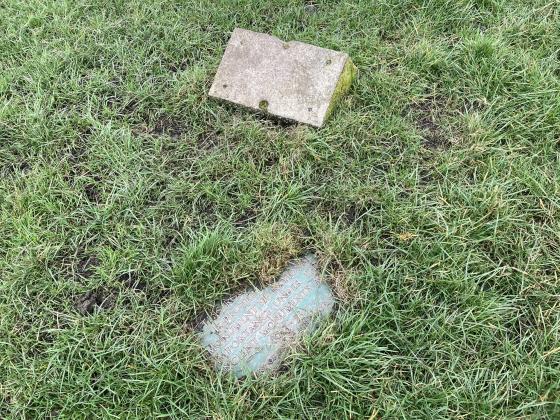
Open Source Environment agency LIDAR

Open Source Environment agency LIDAR

Looking northwest along a ditch.

Looking back towards the istmus, the banks and ditches can clearly be seen

Looking back towards the Rumps from the west.

If you want a nice cliff walk with plenty of changing scenery then the one out to The Rumps is worth choosing. From Wadebridge follow signs to Polzeath..then New Polzeath. Turn off right before you reach the village and take narrow lane out to a NT carpark at the old lead mines...(don’t go on any further, it’s not worth it, theres only space for a couple of cars and they charge you!). From the lead mines take the path going east towards the cliffs. here join the SWCP and turn left heading out towards the Rumps. On a clear day you will get good views towards Tintagel and beyond...you might even be able to see Lundy (not sure about this). Follow the path as it skirts above the cliffs until you reach the headland. Branch off here and walk out passing through the huge ramparts as you go. I chose the left ‘Rump’ to explore but I am sure the other one is just as interesting. Can’t say I spotted any hut circles.
On leaving the Rumps turn right on the SWCP and continue on around the headland as it climbs amongst rocky outcrops. After a while you will pass a footpath leading off on the left to the farm, ignore this and carry on around eventually gaining a view right up the Camel estuary.
Follow the path until you nearly reach Polzeath where you will find a narrow valley causes you to turn inland. Follow the path up the valley to the farm, here turn right and follow the track back to the car park. Walk should take about 2 to 3 hours.
Nicholas Johnson and Peter Rose in ‘Cornwall’s Archaeological Heritage’ (Twelveheads Press, 1990) consider it “One of the most spectacular sites in the county” and give the following info. “Excavated in 1963-67, the site was occupied between 4th Century BC and 1st Cent AD. Round houses were found with pottery, bones and other artifacts suggesting a settled occupation much the same as in inland hillforts (e.g. Warbstow). Traces of hut platforms can be seen behind the inner rampart and on the slopes of the E knoll, along with the lines of at least two fields. The ramparts (numbered 1-4 onwards) are part of two phases. In Phase 1, ramparts 1 (inner) and 3 were built with a large area, perhaps of defended grazing, between them. Phase 2 – ramparts 2 and 4 (outer) built, rampart 1 still in use, rampart 3 abandoned. A modern wall has been built into the outer rampart. The defences were at their most complex, with massive wooden gateways and walkways over the top, just before abandonment.”
Antiquities of the Cornish Countryside (Tor Mark Press – no date, seems to be early 1970’s) gives the following info. “Lies at the entrance to the River camel, north side. Reached by B3314 from Wadebridge to St.Minver and then by C roads to Pentire Farm, on Pentire headland. Take the coastal footpath (signposted). The large and well defended fort was recently excavated and has three great banks and ditches thrown across the approaches to Rumps Point; behind them lie the remains of Iron Age dwellings”
Craig Weatherhill, in “Cornovia: Ancient Sites of Cornwall & Scilly” (Cornwall Books – 1985, revised 1997 & 2000) adds “The magnificent cliff castle at the Rumps, near Polzeath, was found to have housed a thriving community which perhaps had trading links with the Mediterranean through the Breton tribe, the Veneti. It may be that the Veneti themselves built the Rumps and other cliff castles, notable Gurnard’s Head which bears similarities to Breton cliff castles on the coast formerly inhabited by the Veneti”
A massive triple rampart and ditch system protected an area of 2.5ha at the tip of the headland. Several hut circles lie within the defended enclosure.





























































